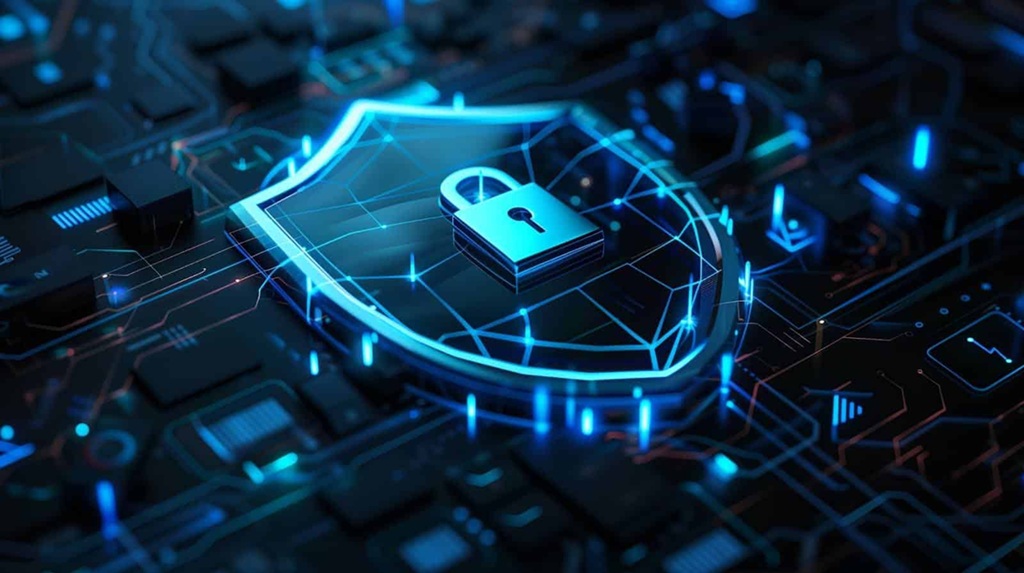Security is a vital concern for individuals and businesses alike. With threats continually evolving, staying proactive is essential to protect assets, data, and loved ones. Understanding key strategies for addressing these challenges can make all the difference. Below are actionable tips to help you stay ahead of security challenges and maintain peace of mind.
Understanding Emerging Security Threats
The first step in staying secure is understanding the threats you may face. Security threats are constantly evolving, influenced by technology advancements and changing criminal tactics. Some of the most common challenges include:
- Cybersecurity Breaches: As more systems become digitized, cyberattacks such as phishing, ransomware, and data theft are on the rise.
- Physical Security Risks: Break-ins and unauthorized access to properties remain prevalent.
- Technological Interference: Malfunctions or gaps in outdated security technologies can lead to vulnerabilities.
By staying informed about potential risks, you can create a targeted plan to address them.
Leveraging Modern Security Technologies
Advancement in technology has introduced innovative tools that significantly improve safety measures. Here are some modern solutions you can adopt:
Smart Security Systems
Smart devices, like cameras and doorbells, offer real-time monitoring and alerts. Many of these tools can be accessed remotely, allowing you to check your property even when you’re not at home.
Biometric Access Control
Biometric technologies, such as fingerprint scanners and facial recognition, provide an extra layer of security. Unlike traditional keys or passwords, biometrics are much harder for intruders to duplicate.
Artificial Intelligence (AI) Surveillance
AI-powered monitoring systems can recognize abnormal behavior and alert you to potential threats. This capability helps you take action before issues escalate.
Investing in cutting-edge solutions ensures step-by-step advancements not just in defense but also in staying one step ahead of intrusions.
The Importance of Regular Maintenance
Even the best security systems need regular care to function effectively. Missing maintenance can result in lapses that compromise their reliability. Here’s how you can ensure your systems are always in top condition:
- Test alarms and security cameras regularly.
- Replace weak batteries in wireless devices.
- Inspect physical locks and barriers for wear and tear.
Partnering with professionals, such as a locksmith in Bountiful, can help identify vulnerabilities in your system, giving you confidence that your property remains secure.
Educating Yourself and Your Team
Awareness and training are critical for preventing security breaches. Whether it’s your family, employees, or tenants, everyone should understand basic safety protocols. Some effective practices include:
- Cybersecurity Training: Learn how to identify phishing emails, create strong passwords, and avoid suspicious links.
- Physical Safety Measures: Teach everyone to lock doors, set alarms, and report unusual activity.
- Regular Drills: Conduct routine security drills to prepare for emergencies like break-ins or cyberattacks.
A team that is educated in recognizing threats is an essential part of any robust security strategy.
Proactively Assessing Risk
Conducting regular risk assessments helps you identify blind spots and prioritize improvements. You can start with the following:
Key Areas to Examine
- Digital Infrastructure: Check firewalls, monitoring software, and data storage security.
- Physical Vulnerabilities: Examine all entry points, locks, and exposed security equipment.
- Employee Compliance: Review adherence to security protocols and address gaps.
Professional Audits
Enlisting professional assistance for these assessments ensures a thorough review. Security experts bring expertise to identify weaknesses that are often overlooked.
Adapting to Changing Landscapes
Staying ahead of security challenges involves agility. Every few years, reassess your security measures to ensure they remain relevant. For instance:
- Stay updated on the latest threats in your industry or community.
- Upgrade systems when newer, more effective solutions are available.
- Monitor legislation that may impact compliance requirements for security standards.
Adapting proactively rather than reactively helps mitigate risks before they become critical.
Actionable Takeaways
To summarize, here are the top steps you can take to maintain your security edge:
- Understand emerging threats by following security news and developments.
- Use modern technologies like smart devices, biometrics, and AI surveillance for advanced protection.
- Schedule regular maintenance and professional inspections of your systems.
- Educate all stakeholders about security awareness and best practices.
- Conduct risk assessments frequently to address vulnerabilities.
- Remain flexible and ready to adapt your strategies in response to evolving risks.
By implementing these practices, you can create a secure environment that is well-prepared to counteract potential challenges. Remember, proactive planning is your strongest defense against both current and future threats.








